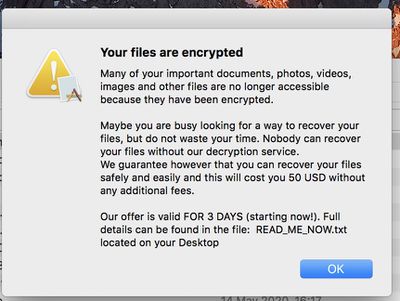

As we established, however, the payment isn’t really a very wise option, so what can one do then? Well, removing the virus is a good start – it won’t automatically make your files free, but it will allow you to try some alternative recovery options.

That key is, of course, held by the hackers – the payment they want you to make is in exchange for the said key. DeadBolt file encryption, you’ll need a key that corresponds to the applied algorithm. DeadBolt file encryption is a tricky obstacle to overcome.

The examples of this happening are numerous, so it is advisable to take your time before you decide what to do next. You may even think that paying the hackers could save your files, and while in certain cases that may indeed happen, it’s also possible that you simply waste the money you transfer to the criminals, and still remain unable to access your documents. However, when applied by a Ransomware cryptovirus, this otherwise beneficial process is turned on its head, and is used for blackmailing activities. It is commonly used, especially when some highly sensitive data needs to be protected from unauthorized access. Though it may not seem like it, data-encryption like the one used by this Ransomware virus is actually a process that’s supposed to keep files safe. The encryption algorithm of the DeadBolt virus is what makes this Ransomware capable of sealing your files. The DeadBolt virus is known for using data-encryption. This is the reason this type of viruses are known as Ransomware ( Qqqw, Maak) – their main goal is to extort money from you via blackmailing. Upon the completion of the lockdown on the files, the virus spawns a banner message on the desktop, and within this message the hackers state their demands – the victim is told that their only hope for restoring their data is through the payment of a ransom. It’s during this period of time that the user may be able to spot some of the potential infection symptoms – a slow-down of the system, spikes in the use of RAM and CPU, as well as occasional freezes of the whole system, and maybe some unusual errors. The lockdown procedure may take some time, especially if the computer is not very powerful, and if there’s a lot of data on it which the virus has targeted. As soon as the malware finds all of the predetermined data types in the computer, it begins the process of locking them up. Usually, the targets are text files, spreadsheets, presentations, and other document data, as well as images, videos, audio files, and so on. The attacker just needs to launch the antivirus program and perform mouse clicks using precise coordinates on the screen to disable the protection feature.Once the malware infiltrates the computers of its victims, it starts seeking all files in the system that belong to some predefined formats, and types. The second method involves the malware simulating mouse clicks to disable your antivirus protection (or the real-time protection). In other words, any trusted application that has been whitelisted by the antivirus can be controlled by malware to perform unauthorized actions disguised. This is just a single example of how malware can trick protection features like controlled folder access. And, if malware takes control of the Notepad application, it can perform operations like copy, cut, and paste to modify your protected files. Of course, a trusted application like Notepad is not a malware. While your protected folders are secure from unauthorized use, some trusted applications still have access to those files. As per the study, malware can trick the antivirus and bypass ransomware protection in two clever ways:


 0 kommentar(er)
0 kommentar(er)
